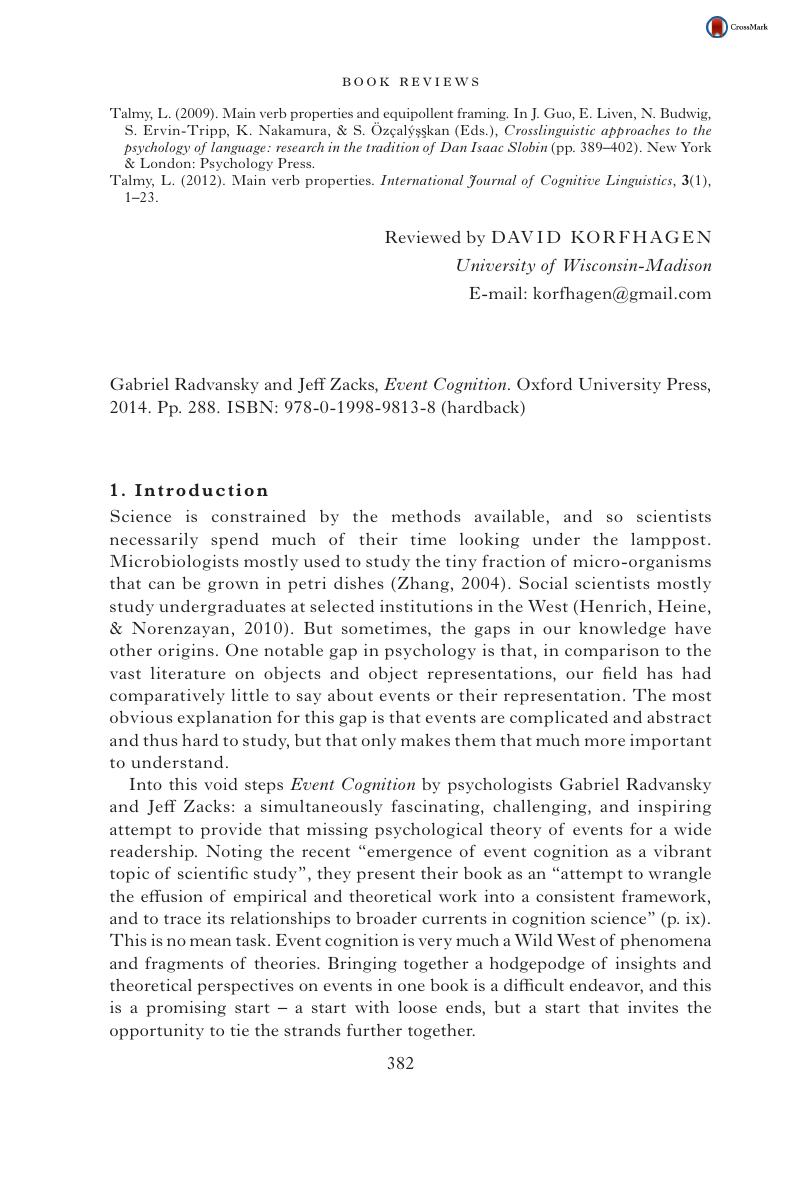Crossref Citations
This article has been cited by the following publications. This list is generated based on data provided by Crossref.
Liang, Yongqi
2020.
Approximation forte sur un produit de variétés abéliennes épointé en des points de torsion.
Proceedings of the American Mathematical Society,
Vol. 148,
Issue. 11,
p.
4635.
König, Joachim
and
Neftin, Danny
2022.
The local dimension of a finite group over a number field.
Transactions of the American Mathematical Society,
Vol. 375,
Issue. 7,
p.
4783.
Ukov, Teodor
and
Tsochev, Georgi
2025.
Reviewing a Model of Metacognition for Application in Cognitive Architecture Design.
Systems,
Vol. 13,
Issue. 3,
p.
177.


